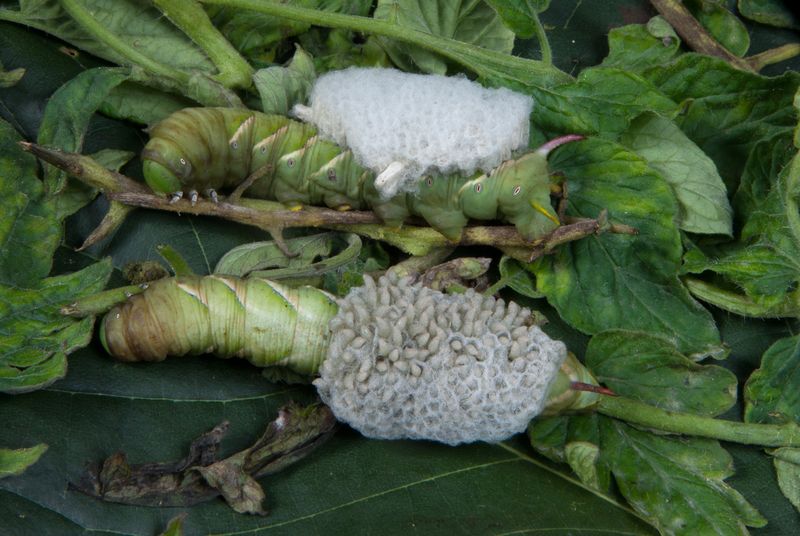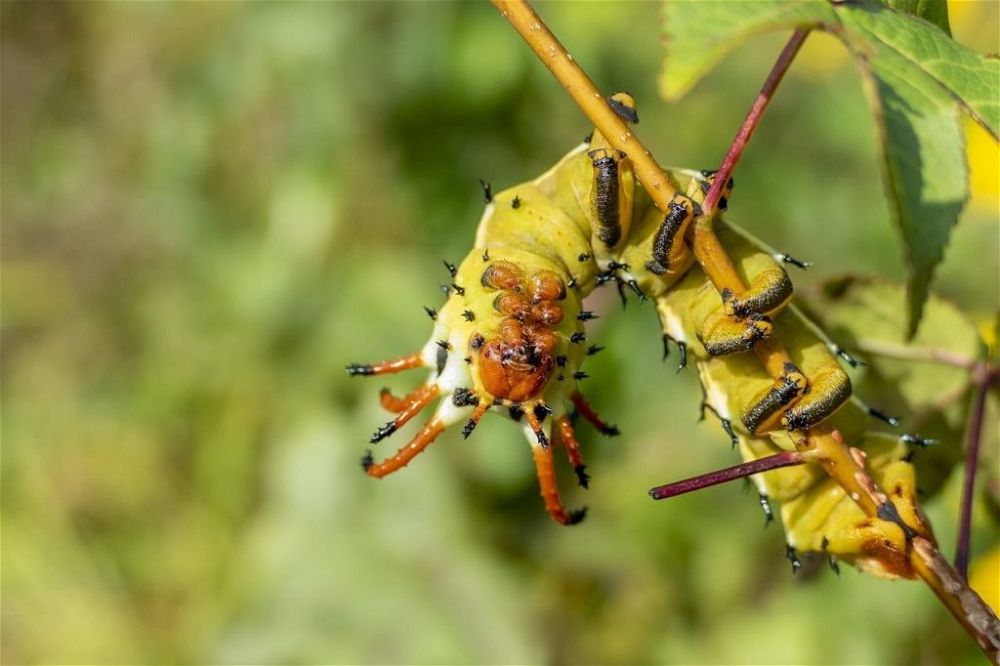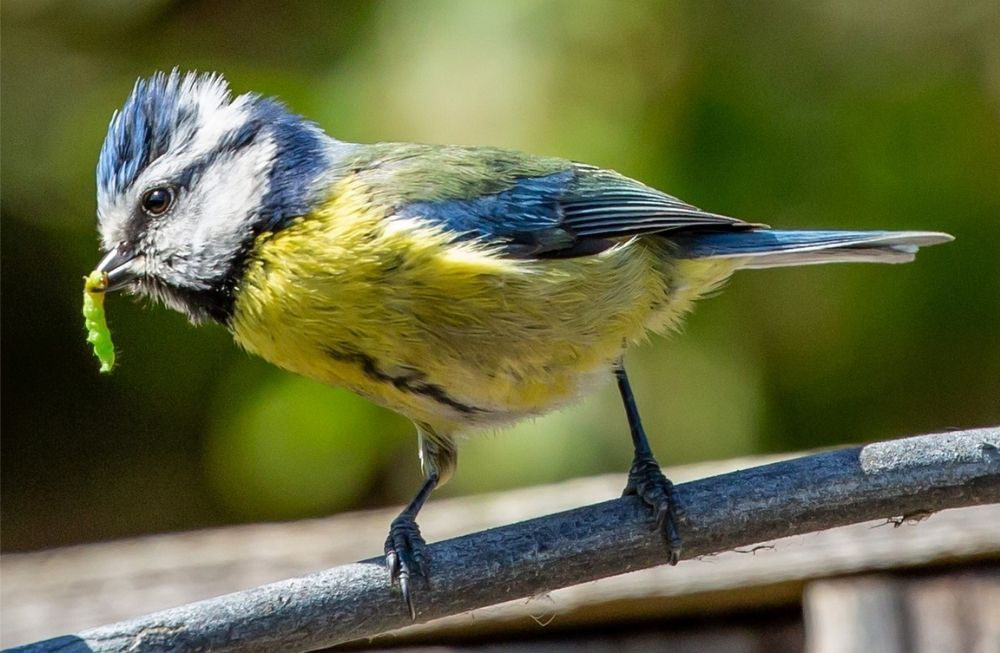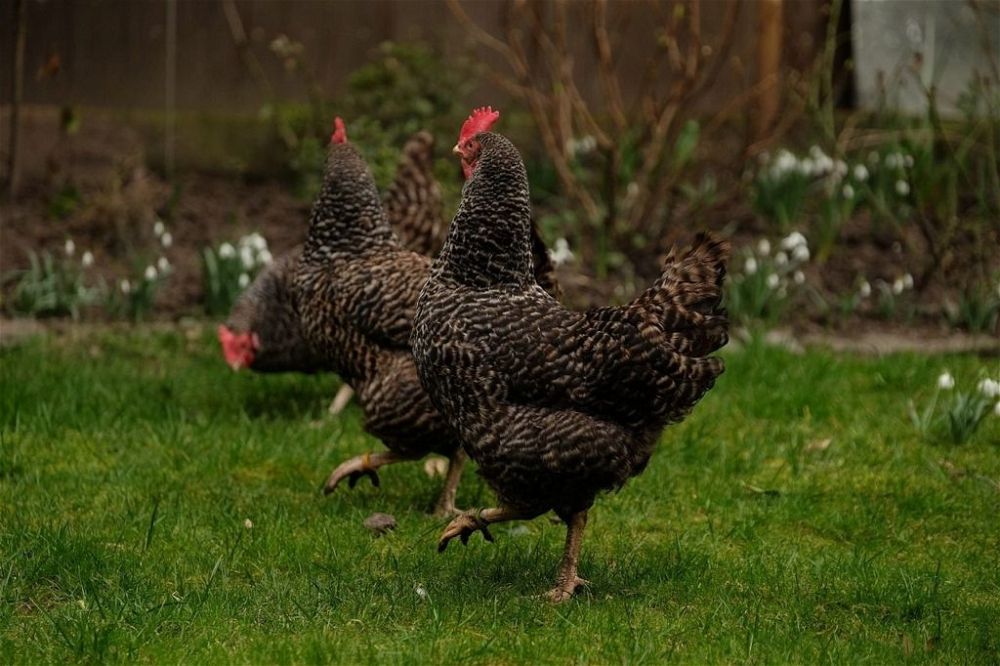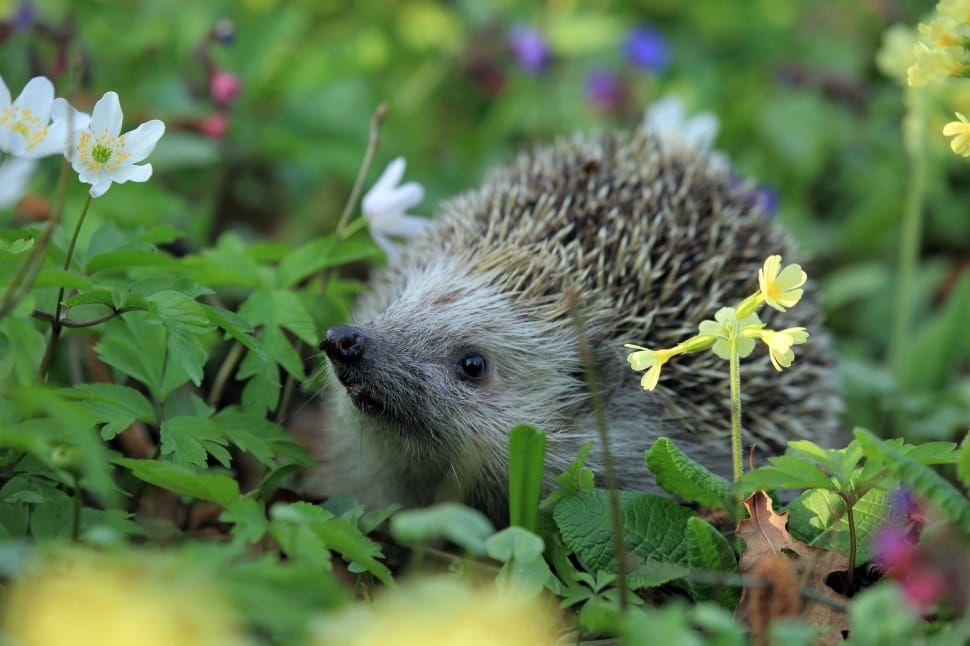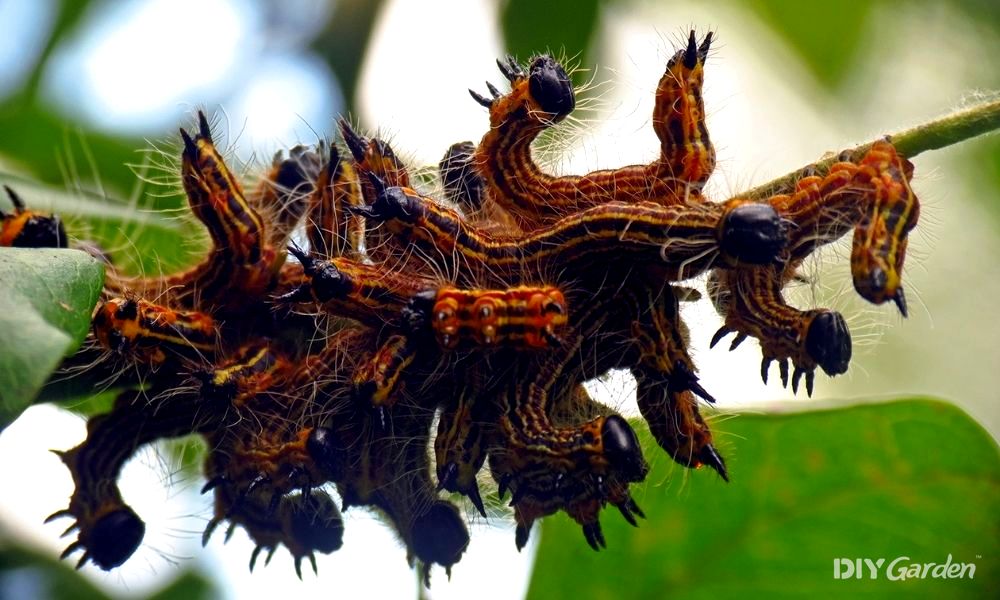
Many people underestimate the humble caterpillar. But, you shouldn’t be deceived by these bothersome bugs. If your garden experiences a caterpillar invasion, your plants will suffer. But I’m sure you already know this. Why else would you be here?
As a gardener myself, I have often wondered how to stop caterpillars from eating my plants. It’s all too easy to use harsh chemical pesticides. Just eradicate them with harmful chemical concoctions. But this isn’t necessary – there are many organic ways to get rid of caterpillars.
Below, we’ll explore how to keep caterpillars off plants for good using strictly organic methods.
1. Manual Removal Method
This is the simplest method but not the most effective. It’s easy – just pick the caterpillars off your plants and dispose of them. You can either fling them as far away as possible or drown them in a container of soapy water.
Flinging them is unlikely to kill them, which is the more humane option, but they may well return the following day.
Wear gloves if using this method, as caterpillar’s protective spikes can hurt!
2. Ready Your Defence with DIY Repellants
If you’d rather not kill the fuzzy creatures, you can try some defensive techniques with things lying around the house. Try surrounding your plants with tin foil or cardboard – this may be enough to keep the caterpillars away.
3. Clear the Ground of Detritus
Get rid of any detritus surrounding your plants, as this can harbour caterpillar eggs. Of course, this technique will only control young caterpillars; it won’t keep older caterpillars from crawling onto your plants.
4. Give Beneficial Insects a Go
Although insects can be a nuisance at times, several insect species can prove beneficial at preventing caterpillars from eating your plants.
One such species are parasitic wasps. These happily eat away at caterpillars, removing them before they can do any damage.
Your garden may already inhabit parasitic wasps – lookout for little groups of white eggs, similar in appearance to basmati rice.
5. Give Your Plants the Ol’ Soapy Water Trick
This is a common caterpillar repelling method most of us have heard of. It’s cheap and easy to implement, so try this before forking out your cash for anything expensive!
Find an organic liquid soap and squeeze a couple of drops into a big bowl of warm water. Get yourself a spray bottle and pour your soapy solution in. Then, go about spraying your caterpillar-affected plants.
Ensure the plants are entirely sodden. This will make them slippery, so caterpillars will have difficulty climbing up and staying on them.
Just be wary of the liquid soap you use – an organic one won’t harm your plants, but others sure will!
6. See the Benefits of Bacteria
Bacillus thuringiensis, commonly referred to as botanical BT, is an organic bacteria that lives in the soil.
There’s a protein found in botanical BT that is toxic to caterpillars. When ingested, botanical BT damages their gut, causing problems with food digestion. They starve as a result.
What’s great about this naturally-occurring bacteria is it won’t harm your plants. It only targets the furry critters.
7. Apply Natural Pesticide
Neem oil comes from the seeds of the neem tree and acts as a natural pesticide against many caterpillar species.
Just add 60ml of neem oil to 8 pints of water. Make sure it’s mixed properly, then apply to your affected plants in the evening and the morning after. This solution kills caterpillars through suffocation.
8. Get those Caterpillars Gone with Pepper and Garlic
Another natural method is using a combination of pepper and garlic. Using garlic won’t just keep the vampires at bay; it kills off the caterpillars eating your plants too!
Finely chop a bulb of garlic (or buy ready-made chopped garlic) and add to 1tbsp of red pepper flakes. Mix this with 1tsp of organic liquid soap and 8 pints of water.
Now, you want to let this rest. I know the idea of caterpillars chomping away at your plants can leave you impatient, but it’s vital to wait 24 hours to allow the ingredients to fully bind. Once the 24 hours is up, spray your plants.
9. Apply Some Heat with Chilli Spray
If there’s one thing caterpillars don’t like, it’s spice. A chilli spray won’t be enough to kill these troublesome critters, but it’ll put them off the plants.
Bring 4 pints of water and 100g of dried ground chillies to a boil. Keep this bubbling away for 5 minutes, then add 4 pints of cold water and a couple of drops of organic liquid soap.
Give the solution a stir and leave it to cool for several hours. It’s essential to patch test your chilli spray first. So, apply to just a tiny area of a caterpillar-ridden plant and check back on it after 24 hours.
If the plant looks happy, healthy and caterpillar-free, apply a lavish layer to all affected plants.
10. Welcome the Local Birds
Birds eat creepy crawlies. So, a great way to eliminate caterpillars from your garden is to welcome local bird species.
Get your garden kitted out with things to attract birds, including a birdhouse and bird feed near affected plants. They’ll notice the juicy caterpillars once they’ve been drawn in by the feed!
11. Soak Plants in Vinegar Solution
This natural insecticide sure stops caterpillars in their tracks. And it doesn’t just work on caterpillars! The potency and acidity of the vinegar are enough to deter many insect species from wreaking havoc on our beloved crops.
Just combine 2 tbsp of vinegar with 4 litres of water, and use a spray bottle to apply the solution directly onto those irritating insects!
12. Implement the Burlap Barrier Band Trap
The burlap barrier band trap may be the perfect solution for you if caterpillars have found their way to your favourite trees.
Caterpillars love the shade on hot days, so you’re going to trick them with a too-good-to-resist shady spot.
Take a piece of burlap, also commonly known as Hessian in the UK, and wrap it around the affected tree. Use rope or something similar to secure the middle of the Hessian in place. Let the top half of the Hessian hang down over the rope.
When the caterpillars have made their way to the shady spot, dispose of them.
13. Plants – Take Cover!
Another simple caterpillar deterring tactic is to cover your plants with a thin mesh. This will keep the critters off your plants, as they can’t access them through the mesh!
Just make sure your mesh isn’t too gappy, or it’ll be no use at all!
14. Obtain Companion Plants
Gardeners love a companion plant. And why wouldn’t they? It’s solving a problem and incorporating more plants into your garden. Who could ask for more?
Here are some plants that will naturally keep caterpillars away:
- Sage
- Lavender
- Mugwort
- Peppermint
Caterpillars don’t like the potency of these plants. And what’s more, they all require little maintenance and smell fantastic. Win, win!
15. Try Chickens
Chickens prey upon caterpillars. If you’re already considering getting chickens, this is the perfect excuse!
To get chickens interested in caterpillars, try the manual removal method, to begin with, then cut them up into itty bitty pieces and feed them to your chickens with grain.
Once they’ve got a taste for caterpillars, they’ll do all the hard work for you!
16. Get Your Very Own Waddling of Ducks
Ducks also love to eat caterpillars. If you’re partial to a duck’s egg, ducks could be an excellent solution to your critter problems. They’re also great at giving gardens a general clear up, scouring it of old crops and unwanted bugs.
17. Hunt for Hedgehogs
Not a fan of poultry? Well, there’s good news. Our favourite spiky garden visitors are also a fan of a caterpillar snack. Why not purchase a hedgehog as a pet, and allow it to run riot on your critter-infested plants?
18. Build Barricades!
Another way to stop caterpillars is with barricades. If you barricade your garden, you may be able to prevent the irritating creatures from ever entering! Hedges work a treat, providing a protective barrier against wind-blown butterfly and moth eggs.
Fences, walls, and panelling work just as well, too.
19. Destroy the Source
If you’re not satisfied with just deterring caterpillars, you can attack the creatures at their source; their nest. A caterpillar nest consists of spun silk, similar to spiders. You can typically find them dangling from tree branches.
Just disturb the nest by poking with a gardening tool (use a long-handled one, for your sake). Evict the caterpillars using your device of choice, and use your handy bucket of soapy water again to dispose of the nest for good.
The best time to raid a caterpillar camp is early morning and late evening. The critters tend to return to the nest at these times, so your attack will have the most impact.
Going Caterpillar Crazy?
Caterpillars may look cute from afar, but gardeners have a long-standing battle with the irksome insects. They feed on your delicious crops, chomping through the leaves, keeping all the nutritious goodness for themselves.
But now you know how to get rid of caterpillars, you just have to decide which of these organic methods to choose! Then, the caterpillar craziness can finally end!

